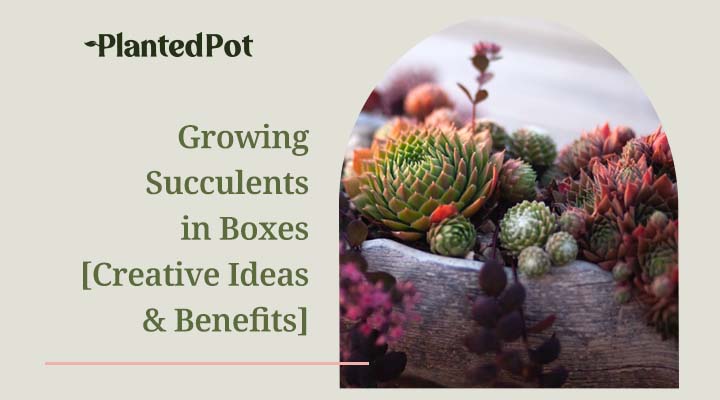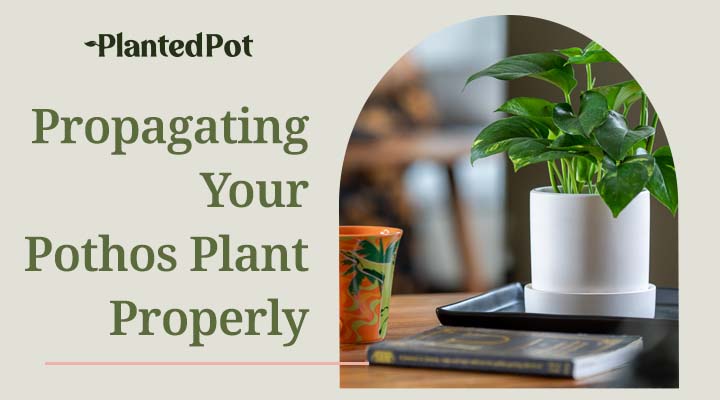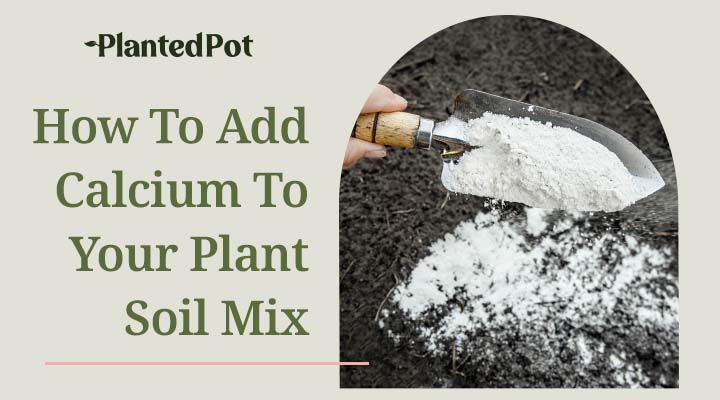
Do Snake Plants Like Humidity? It Depends, Learn More Here
Home / Do Snake Plants Like Humidity? It Depends, Learn More Here
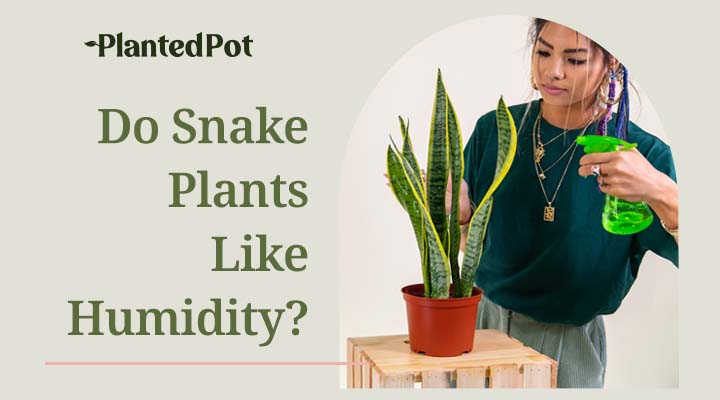
Do Snake Plants Like Humidity? It Depends, Learn More Here
Snake Plants are known for two things: their beautiful variegated leaves and their dependable hardiness. Snake Plants are among the most popular indoor plants due to how versatile they are and how easy it is to care for them. They’re perfect for beginners and forgetful waterers. Like most tropical plants, they require a certain temperature and humidity level to thrive. But do Snake Plants like humidity?
The short answer? Snake Plants aren’t too picky about humidity. Some environments are better for these plants than others but they are very easy to maintain almost anywhere. Here is all the info you need to know about the best humidity levels for your Snake Plant and more care tips.
What is Humidity?
Humidity comes from water vapor in the air. These water vapors enter the atmosphere after they evaporate from large bodies of water (like lakes and oceans). When the temperature is higher, the air holds more water, allowing humidity levels to rise. The higher the humidity percentage, the heavier and stickier the air feels.
The air is wetter the higher the humidity percentage. If the humidity level is at 100%, the air is completely saturated with water vapor. This usually causes rain since the air can’t hold any more water vapor.
While humidity is a natural part of the atmosphere, you can change the humidity level of your own home. Everyday activities can affect humidity levels, including cooking, cleaning, washing clothes, showering, or even breathing! These activities release moisture into the air inside, making the humidity levels rise.
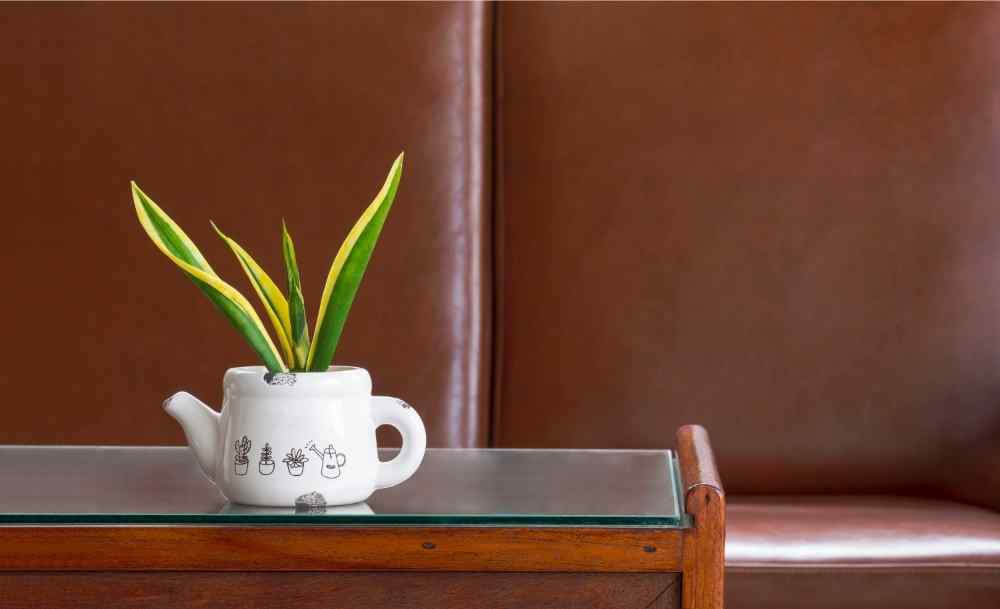
How Does Humidity Impact A Plant?
Humidity can significantly affect a plant’s health by determining its cell moisture content. Water moves across plant cell walls from areas with high moisture to those with lower moisture, meaning humidity in the environment can impact a plant depending on whether the air is more or less moist than the conditions within the plant cells.
Low humidity means dry air. If the environment is drier than the inside of the plant’s cells, the moisture leaves the cells and moves into the environment. This process, known as transpiration, can dehydrate a plant if there is no way to replace the water it lost to the air. You’ll see the plant starting to wilt.
On the other hand, high humidity prevents a plant from losing moisture. But if the temperature and humidity are both high, plants cannot cool themselves and will start to suffer. The exact humidity level that impacts a plant (both positively and negatively) depends on the type of plant. Each plant has its preferences when it comes to water, temperature, light, and humidity level.
Plants have evolved and acclimated to their natural environment. That means some plants are built to survive in dry, arid climates with no humidity. Others have adapted to a tropical atmosphere full of humidity.
What Are Snake Plants?
Hardy and visually stunning, the Snake Plant is one of the most popular houseplants in the world! Known as Dracaena Trifasciata by plant scientists, this houseplant is native to Asia and Africa’s dry, rocky, and tropical environments.
Snake Plants are known for their stiff, sword-like leaves that jut straight upward. The leaves are bright green with a yellow border. They sometimes look artificial due to their striking appearance, which allows them to fit well into almost any decor that needs a tropical, adventurous feel. They’re perfect for any room and can be placed almost anywhere, regardless of the light situation — it can be shady or in direct sunlight! Just remember they are mildly toxic to pets.
This species is known to be one of the hardiest houseplants ever, making it great for every plant enthusiast out there (even if you don’t have a green thumb). Some even say they are indestructible! This versatile plant can thrive in almost any condition and has very minimal requirements.
While the most common Snake Plant is the one with the long, green leaves that reach several feet upwards, there are other varieties of Snake Plants as well:
- Bird’s Nest: This is a smaller Snake Plant that reaches only six inches, making it great for dorms and studios. The way the leaves curl creates a cluster similar to a bird’s nest.
- Cylindrica: This Snake Plant has round leaves that grow in the shape of a crown, making them very beautiful indoor plants.
- Laurentii: This is a popular Snake Plant that has multi-colored leaves. They are green in the center and yellow on the outer portions, giving them a whimsical look.
- White Snake Plant: This variety has narrow leaves that grow three feet tall. The leaves have white vertical stripes.
Do Snake Plants Like Humidity?
The Snake Plant is not picky when it comes to humidity! Snake Plants don’t need high air humidity and thrive in a dry environment, unlike other tropical indoor plants. That’s due to the area where they originally come from.
When it comes to temperature, Snake Plants prefer warmth. A temperature range between 70 and 90 degrees Fahrenheit is best. Anything below 50 degrees Fahrenheit will harm your Snake Plant (frost is deadly). As long as it’s not freezing, the Snake Plant will make due in any room.
Is Too Much Humidity Bad For Snake Plants?
The Snake Plant can thrive at almost any humidity level. Unlike most houseplants, the Snake Plant won’t struggle in high humidity atmospheres. Fortunately, there are plenty of devices that can help you determine the humidity level in your home.
How Much Humidity Does A Snake Plant Need?
The perfect environment for your Snake Plant consists of household humidity levels between 30 and 50%, which is the average humidity level of most homes. This means the Snake Plant often prefers the same environment as us. If you need to de-humidify your space, find out how here.
How to Tell If A Snake Plant Needs More Humidity?
If your Snake Plant doesn’t have enough humidity, that essentially means it will start struggling for more moisture. Without enough moisture, plants will show signs of being thirsty. Here are the most common signs that your plant needs more humidity:
- Leaves develop brown edges
- Plants wilt and droop
- Leaves turn yellow
- Foliage becomes crispy to touch
How Do You Help A Snake Plant Dealing With High Humidity?
Unlike other plants, Snake Plants are not too picky about humidity. But if you feel that your Snake Plant is getting a bit too overwhelmed with the humidity in your home, there are a few things you can do to improve your Snake Plant’s environment.
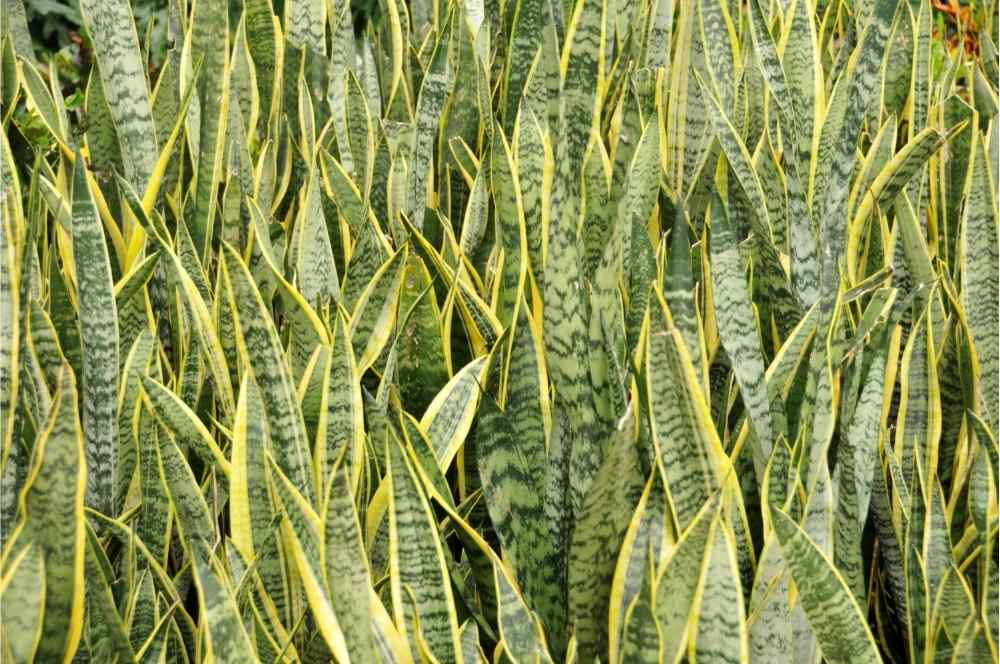
Don’t Overwater Your Plant
Snake Plants don’t require a lot of water. Water them every two or three days is fine, making sure the soil is dry in between. If the Snake Plant is in very moist soil, it could add to the overall humidity and wetness of the plant, leading to root rot and other issues. Always touch your Snake Plant’s soil before watering, making sure it’s dry and crumbly.
Change Soil
While Snake Plants aren’t too picky, some soils drain easier than others. Don’t pick soil that holds water since this could make the air too humid for your plant. Pick a soil and a pot that have proper drainage, allowing the water to leak out. This will ensure that your Snake Plant doesn’t soak in water, becoming soggy and eventually dying from root rot.
Remove Water Points
Water sources can lead to more water vapor in the air. Remove any water points in the room, like fountains, water bowls for pets, or anything holding water (like glasses of water). This will add to the room’s humidity level, potentially making it too humid for your Snake Plants.
Move Them to a Different Room
Some rooms are more humid than others due to the activity or water points in the room. For example, bathrooms can get very humid due to showering and hand washing. Kitchens can become humid due to dishwashing and cooking. Put your Snake Plant in a room that’s a bit more dry, like an office.
Improve Air Circulation
Try putting your Snake Plants in a room with more air circulation thanks to open windows, open doors, and a breeze. But make sure your Snake Plant isn’t too close to the drafts. Snake Plants prefer warmth and will struggle to survive if they are blasted with cold air too often.
Final Thoughts – Do Snake Plants Like Humidity
Snake Plants are tropical plants that add an exotic pop of color to any room. The Snake Plant’s leaves are shiny, green, and stunningly straight up, making them a focal point no matter your decor. These plants are well known for being hardy and versatile, so the average home’s humidity will be suitable.
But if you suspect that your Snake Plant is experiencing too much humidity, the solutions are luckily quite easy. Move your plant to a room with less humidity. Also, make sure that the soil is dry between waterings and has a well-draining pot. Your Snake Plant will thank you with bright, eye-catching leaves!


